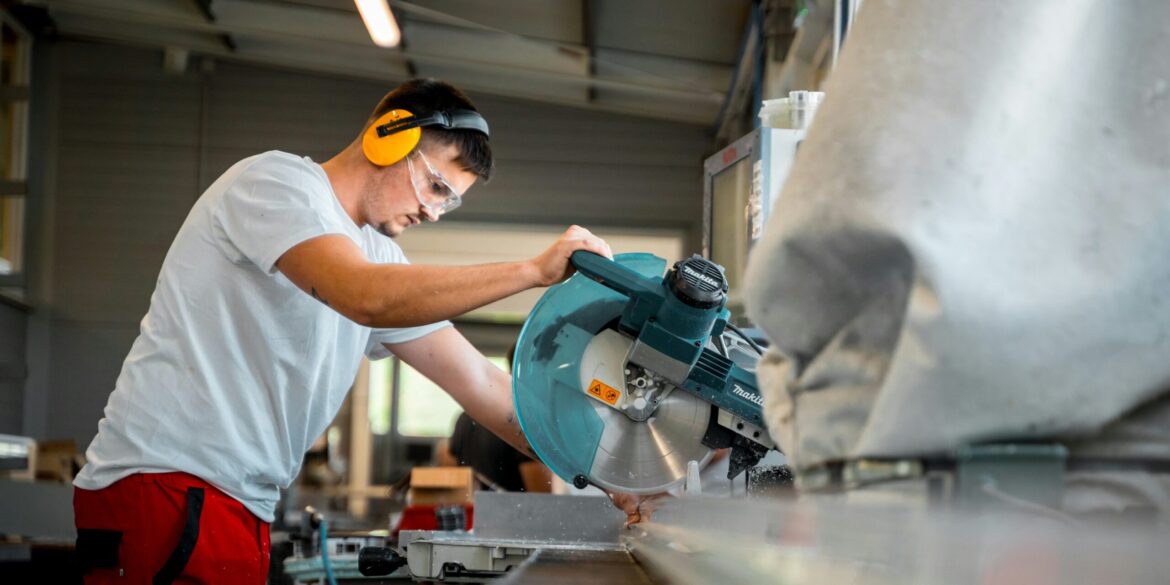Fresh data released on August 21, 2025, from S&P Global indicates that American business activity accelerated more than expected in August, with the manufacturing sector powering much of the momentum. The closely watched flash Composite PMI Output Index rose to 55.4, up from 55.1 in July, underscoring steady private-sector expansion. Any reading above 50 signals growth, and August’s figures confirm that businesses across industries are not only sustaining activity but in many cases expanding at a faster pace.
The most striking development came from manufacturing. After several months of mixed signals and prolonged sluggishness, the Manufacturing PMI jumped to 53.3, a significant rebound from July’s 49.8. This represents the sector’s strongest performance since May 2022 and marks the first time in months that factories have decisively moved back into expansion territory. Much of the improvement stemmed from a surge in new orders, suggesting that demand for U.S. goods is climbing despite ongoing global economic uncertainties. Manufacturers reported stronger pipelines, renewed interest in exports, and greater stability in supply chains that had been strained in recent years.
The services sector, while still performing strongly, showed a slight slowdown. The Services PMI slipped to 55.4 from July’s 55.7, but remained firmly in positive territory. Services have long been a driver of U.S. economic growth, supported by consumer spending and professional business activity, and the August reading reflects ongoing resilience even as other sectors fluctuate.
Read Also: https://todayus.com/apple-expands-u-s-manufacturing-commitment-to-600-billion/
Economists view these figures as a sign of stronger growth ahead. Based on the trajectory reflected in the August survey, the U.S. economy is now estimated to be expanding at an annualized rate of around 2.5 percent. This is nearly double the pace of the first half of 2025, when growth averaged just 1.3 percent. Analysts note that this improvement is particularly significant given concerns earlier in the year that high interest rates and cost pressures might stall the recovery.
Yet challenges remain. Inflationary pressures are once again on the rise, fueled by both global supply issues and domestic policy shifts. The input cost index climbed to 62.3 in August, a three-month high, reflecting the higher prices businesses are paying for raw materials, components, and energy. Meanwhile, output prices—the measure of what companies charge their customers—rose to 59.3, the highest level in three years. This suggests that many firms are passing their higher costs onto consumers, which could reignite inflationary concerns in the months ahead.
One key factor contributing to these pressures is the tariff environment. Businesses have reported that tariffs imposed on a range of imported goods, particularly from China, have driven up costs across supply chains. This policy backdrop is forcing many companies to rethink sourcing strategies, while simultaneously increasing prices for end consumers. For households already facing elevated living costs, the persistence of price hikes could dampen consumer sentiment if wages do not keep pace.
Despite these inflationary signals, labor market dynamics provided a more optimistic outlook. The composite employment index rose to 52.8, its highest level since January, reflecting renewed hiring confidence. Businesses across sectors indicated they were adding workers to meet increased demand. Economists suggest this rebound in hiring could support broader consumer spending, helping sustain growth even as costs rise. Stronger employment figures also point to a level of business optimism about the near-term economic environment, with companies feeling secure enough to expand payrolls rather than cutting back.
Taken together, the August PMI results reflect a complex but encouraging picture of the U.S. economy. Manufacturing’s resurgence provides fresh evidence that industrial activity—once seen as a lagging factor in the post-pandemic recovery—is regaining strength. Services remain resilient, and hiring momentum adds another layer of optimism. At the same time, the return of higher cost pressures underscores the balancing act businesses must navigate between growth and inflation.
For policymakers, these results present both an opportunity and a challenge. The Federal Reserve has been closely monitoring inflationary indicators, and a resurgence in output prices may complicate decisions about future interest rate adjustments. While strong growth data would normally reinforce confidence, persistent cost pressures could increase the likelihood of additional monetary tightening if inflation threatens to accelerate again.
For businesses and consumers alike, the message from August is clear: the U.S. economy is gaining steam, but the recovery is not without hurdles. Companies will need to carefully manage rising costs, and households may continue to feel the impact of higher prices at the checkout line. Still, the renewed vigor in manufacturing and the resilience of the broader private sector suggest that the United States is entering the latter half of 2025 on stronger economic footing than many had anticipated just months ago.


